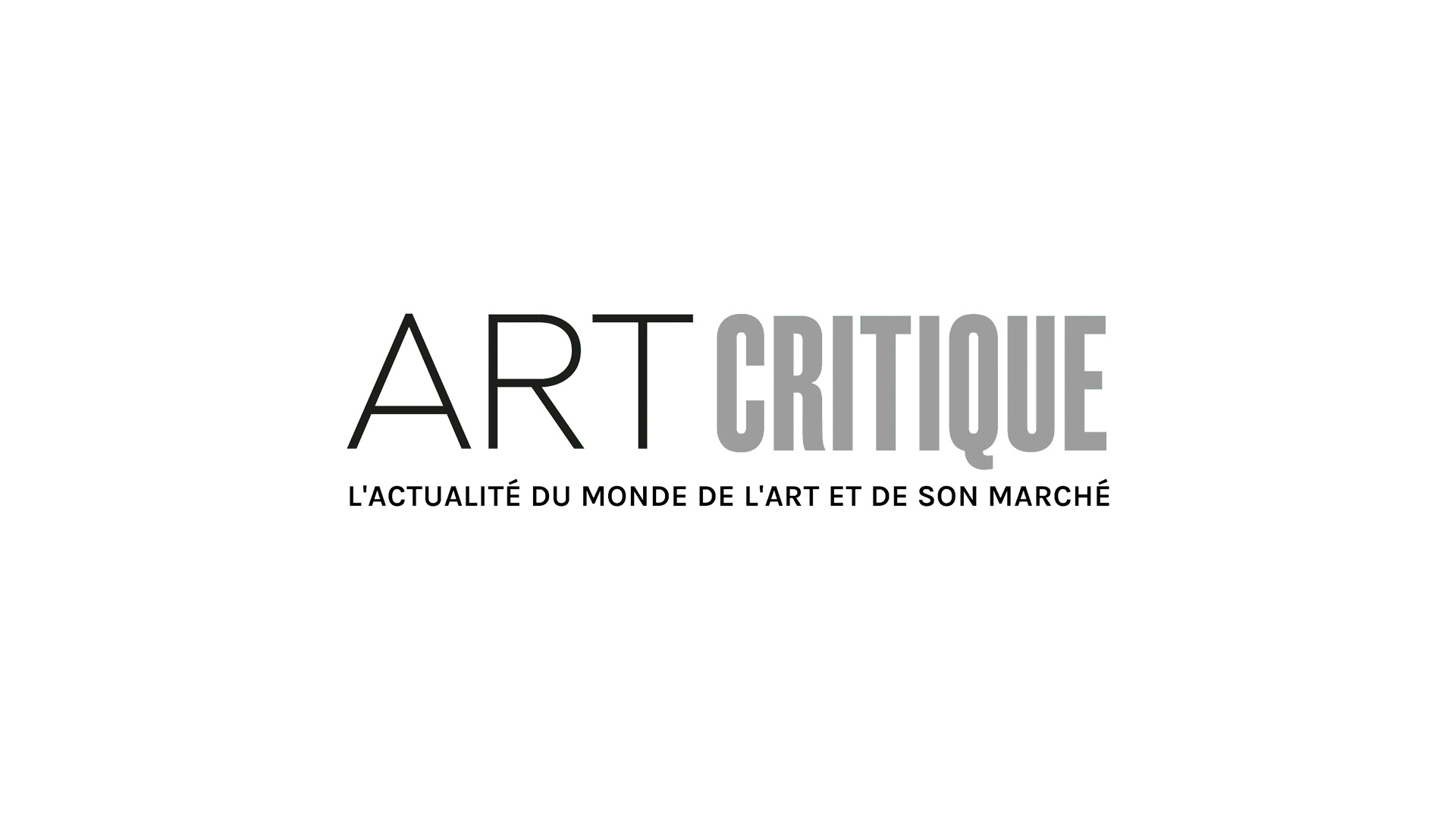In just a few days, a long-lost painting believed to be by the Italian Old Master Caravaggio is set to hit the auction block. Found in the attic of a house in Toulouse in 2014, the painting is copy or a second version of Caravaggio’s c. 1599 Judith Beheading Holofernes. Quickly dubbed the ‘Caravaggio in the attic’, the painting is estimated to sale for as much as €150 million ($171 million).
The painting was discovered five years ago when work was being done to fix a leak in the roof of the Toulouse home. When the owners found the painting, coated in dust, they called their friend Marc Labarbe, a French auctioneer and the one who will oversee the June 27th auction in Toulouse to honour where the painting was found. Labarbe then contacted Eric Turquin, a painting expert based in Paris, and sent him photos of the painting. Tarquin painstakingly cleaned the painting, estimated to have been completed around 1607, with cotton wool and water in secrecy so he could run tests on the painting and gather more information about its provenance. In 2016, the Caravaggio-like painting was revealed.
The paintings provenance has been the source of much doubt cast on its authenticity. There is solid evidence of a later version of the apocryphal scene of Judith and Holofernes painted by Caravaggio after he fled Rome due to murder accusations. This is upheld by two 1607 letters that describe the painting and then two more documents in 1617 and 1619. After 1619, though, the fate of the painting is more difficult to follow, though it might have been displayed in Antwerp in 1689 but that’s not entirely certain.
While working on the painting, Turquin talked to a number of Caravaggio experts and their opinions, as you might guess, were mixed. With backing from some of the world’s top Caravaggio scholars, like Nicola Spinoza, who, in 2016, stated: ‘One has to recognise the canvas in question as a true original of the Lombard master, almost certainly identifiable, even if we do not have any tangible or irrefutable proof.’ Others that Turquin talked to, though, were more skeptical believing the painting to have been created by Louis Finson, a Flemish art dealer and painter who, like many, were familiar with Caravaggio’s techniques and adopted them.
The long and short of it, is that there will never be a consensus over the painting’s authenticity. Either way, the large painting could absolutely shatter the current record for a Caravaggio sold at auction. After showing in London, New York, and Paris, the painting will soon be sold in an unorthodox manner: without a reserve. In other words, there is no minimum that must be reached for the seller to part with the painting.
‘There are only 65 of his paintings in the world, and I found the 66th painting in an attic,’ Labarbe told CNN. ‘It’s incredible, but it’s true.’





